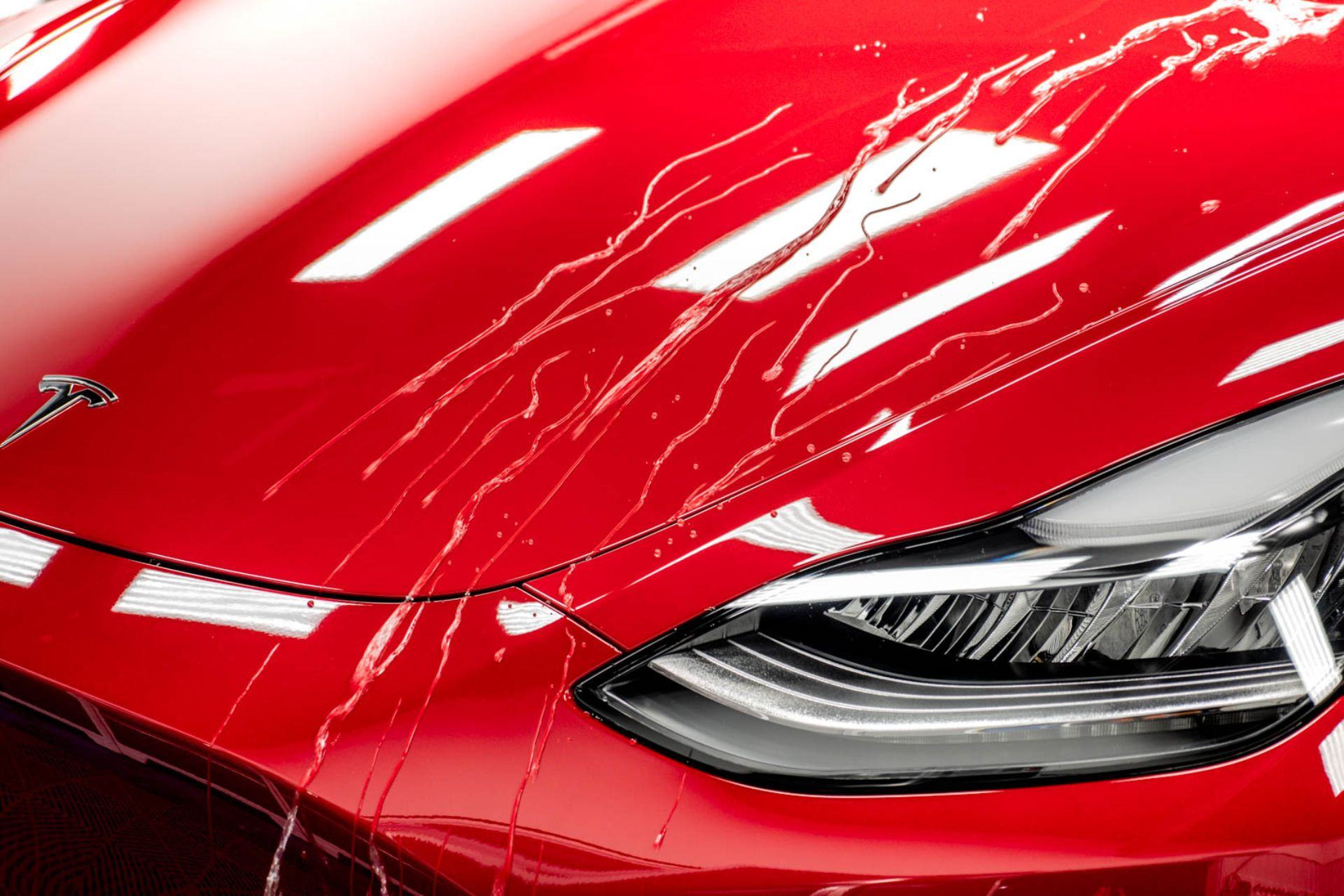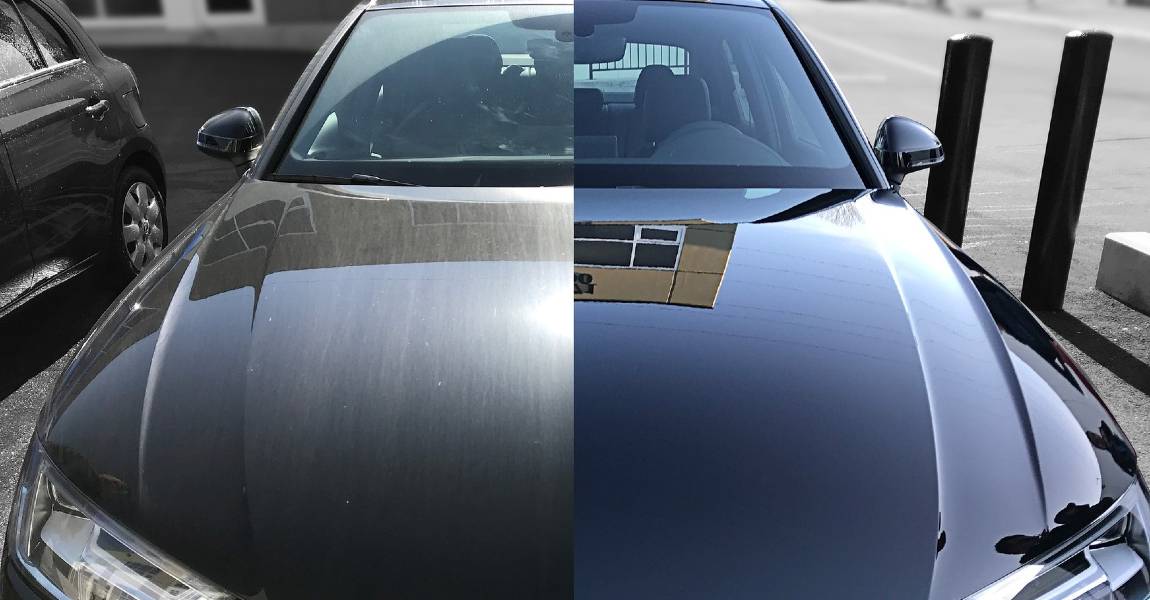Experience professional car detailing to deep clean your vehicle’s interior and exterior.
Experience professional car detailing to deep clean your vehicle’s interior and exterior.
Blog Article
A Comprehensive Guide to the Kinds Of Ceramic Finishing on the Market
Ceramic coverings have arised as an essential solution across different sectors due to their unique residential or commercial properties and applications. As we explore the distinctive qualities and applications of these coverings, the effects for performance and long life come to be progressively noticeable, elevating inquiries regarding which kind could finest suit your demands.
Understanding Ceramic Coatings
Ceramic finishes are advanced safety services that have actually acquired appeal in different industries, especially in vehicle and aerospace applications. These finishings contain a liquid polymer that, when healed, forms a sturdy, hydrophobic layer externally of the substratum. This layer supplies boosted resistance to ecological contaminants, UV radiation, and chemical exposure, thereby expanding the life and aesthetic appeal of the underlying product.
The fundamental element of ceramic finishings is silica, which adds to their hardness and longevity. The application procedure typically entails surface preparation, application of the covering, and healing, which can be achieved through heat or UV light. Once cured, ceramic coatings display extraordinary bonding residential or commercial properties, permitting them to stick highly to a variety of surface areas, including metals, plastics, and glass.
Along with their protective functions, ceramic coatings additionally use convenience of maintenance. Their hydrophobic nature minimizes the adherence of dust and crud, making cleaning easier and less constant. In general, the fostering of ceramic finishes stands for a considerable innovation in surface security innovation, giving both practical and visual advantages across several markets.
Kinds Of Ceramic Coatings
Numerous sorts of ceramic coverings are available, each developed to satisfy specific performance needs and applications - Auto Detailing. One of the most usual types consist of:
Silica-based Coatings: These coverings mainly contain silicon dioxide and are understood for their resilience and chemical resistance. They are widely utilized in automobile and industrial applications.
Titanium Dioxide Coatings: Prominent for their photocatalytic properties, titanium dioxide finishings are commonly used in environments where self-cleaning and antifungal residential or commercial properties are desirable, such as in structure materials and automobile coatings.
Zirconia Coatings: Defined by their high-temperature security and thermal resistance, zirconia coverings are utilized in applications such as generator engines and high-performance automobile parts.
Alumina Coatings: Exhibiting outstanding firmness and thermal stability, alumina coatings are regularly used in wear-resistant applications, including cutting tools and industrial machinery. - scratch repair sarasota
Hybrid Coatings: Integrating the residential properties of numerous products, hybrid coatings provide boosted performance attributes, making them ideal for distinct and demanding applications.
Each type of ceramic finishing offers unique functions, enabling users to choose one of the most proper service based on certain ecological conditions and performance requirements.
Advantages of Ceramic Coatings
Coatings play a critical role in boosting the efficiency and durability of surface areas throughout numerous sectors. Ceramic coverings, particularly, offer countless benefits that make them significantly prominent amongst manufacturers and customers alike. One of the main benefits is their phenomenal durability. These coatings are resistant to scrapes, chemicals, and UV rays, guaranteeing that the underlying surface area continues to be secured in time.
Along with resilience, ceramic coatings give exceptional hydrophobic properties, allowing for very easy cleansing and upkeep. This water-repellent nature decreases the adherence of dirt, gunk, and other pollutants, which can prolong the aesthetic charm and capability of the surface area. Ceramic coverings can dramatically improve thermal resistance, making them ideal for applications that withstand high temperature levels.

Application Refine
When applying ceramic layers, a careful approach is crucial to accomplish optimal outcomes. A clean surface guarantees proper attachment of the layer.
As soon as the surface area is prepped, the following step is to apply the ceramic covering. This can be done making use of an applicator pad or a microfiber fabric, ensuring even insurance coverage. It is essential to function in small areas to preserve control and prevent premature healing. The layer should be applied in look here slim layers, as thicker applications can cause unequal finishes.
After application, the covering requires a particular curing time, normally varying from a few hours to a complete day, relying on the item. Throughout this time, it is vital to prevent exposure to wetness or impurities. Lastly, a mild buffing might be essential after curing to enhance the gloss and eliminate any high places. Adhering to these steps carefully will make the most of the effectiveness and durability of the ceramic finish, offering a durable safety layer for the surface.
Maintenance and Longevity
To guarantee the durability and efficiency of a ceramic layer, regular maintenance is essential. Ceramic coverings, understood for their durability try this site and protective high qualities, require specific treatment regimens to optimize their life-span and efficiency. The primary step in maintenance entails regular washing with pH-neutral soap, avoiding extreme chemicals that can degrade the coating. It is a good idea to clean the lorry on a regular basis, ideally every 2 weeks, to avoid the build-up of contaminants that could jeopardize the finish's integrity.
Along with normal cleaning, periodic inspections are vital. Look for signs of wear or damages, such as hydrophobic residential or commercial properties reducing or surface area flaws. If necessary, a light gloss may be used to rejuvenate the finishing without stripping it away.
Additionally, the application of a booster spray can improve the finishing's hydrophobic impacts and recover its gloss. This is specifically beneficial for coatings that have remained in use for an extended duration. Inevitably, by adhering to these upkeep techniques, one can substantially extend the life of a ceramic layer, making sure that it remains to give optimum protection against ecological variables and keep the aesthetic allure of the lorry.
Conclusion

Report this page